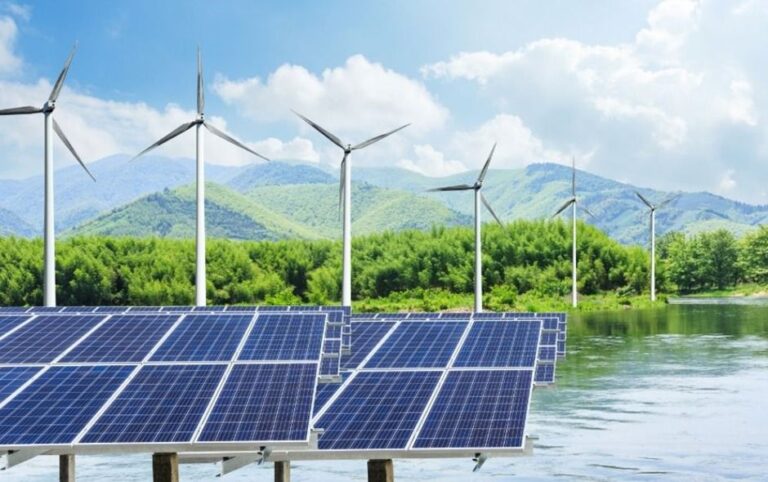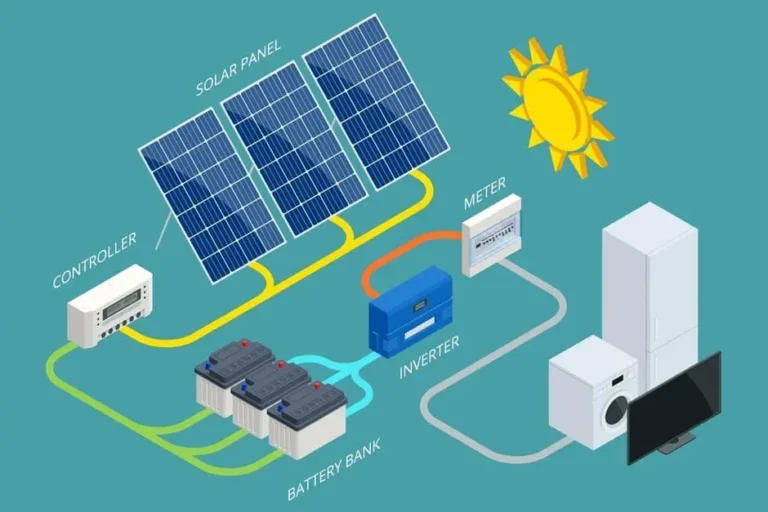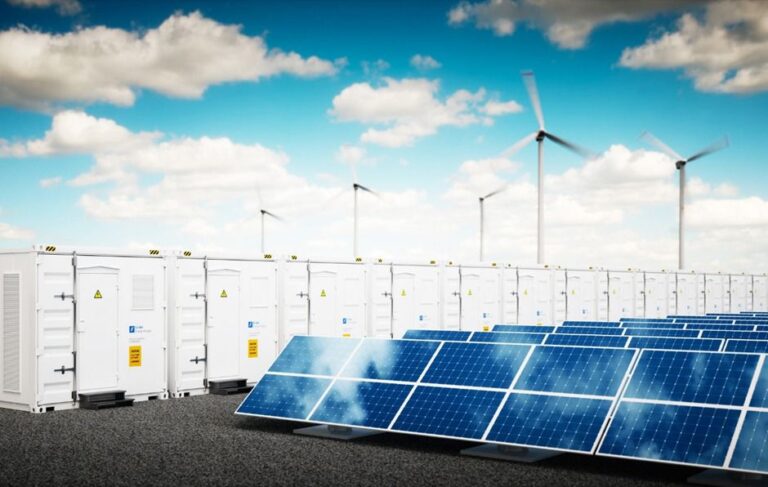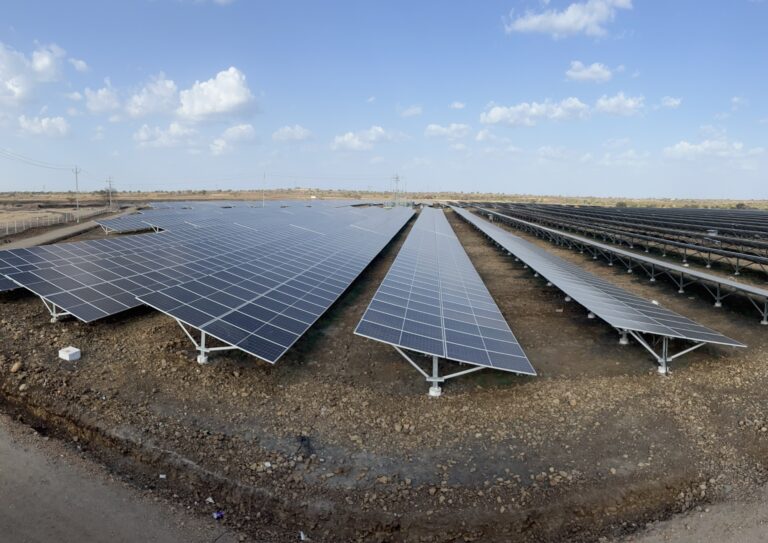How Green Energy Open Access Is Shaping Indian Economy?

India’s declaration that it intends to achieve net zero emissions by 2070 and get half of its power from renewable energy sources by 2030 is a momentous step in the global fight over climate change.
India is setting the standard for an innovative approach in economic growth that might save other emerging nations from adopting the carbon-intensive strategies that many did in the past.
What is Green Energy?
Renewable energy sources are referred to as “green energy.” Green energy is also known as renewable, sustainable, or clean energy. Since the creation of green energy doesn’t emit any harmful greenhouse gases into the air, it has little to no effect on the environment. Power generated by solar, wind, geothermal, and some qualifying biomass sources are some significant green energy sources.

India is the third-biggest energy consumer in the world. Since 2000, the amount of energy used has risen, and coal, oil, and solid biomass still account for 80% of the demand. India’s energy consumption and emissions are less than half the global average per person.
In what ways is India supporting the shift to green energy?
India is the third-biggest energy consumer in the world. Since 2000, the amount of energy used has risen, and coal, oil, and solid biomass still account for 80% of the demand. India’s energy consumption and emissions are less than half the global average per person.
Government Programs and Policies
By guaranteeing ethical consumption and sustainable resource management, India aims to follow an inclusive and sustainable economic trajectory in line with the five main aspects, the “Panchamrit” of the country’s climate action. India would clearly advocate for the availability of funding and technology as essential facilitators for accomplishing the climate targets established by the Paris Accord in its capacity as the G20 chair.
With the support of the Made in India project, which includes a significant increase in clean energies capacity, India is expected to attain energy independence through clean technology by 2047. Investors are closely checking the electric vehicle (EV), green hydrogen, and battery storage industries. To promote decarbonization and green energy, the government has allowed up to 100% of foreign direct investment (FDI) through an automatic process in the renewable energy industry.

India now ranks third in the world for annual CO2 emissions because of the country’s sharp increase in the use of fossil fuels. Nonetheless, India ranks relatively low among the world’s emitters of CO2 per person, and its emissions are much lower when considering historical emissions per person. The average Indian home uses one-tenth as much power as the average American household does when it comes to energy usage.
The Private Sector’s Function
Indian electricity providers are making significant investments in renewable energy and moving toward carbon neutrality. In order to become carbon neutral by 2050, JSW Energy will make investments in solar, wind, and hydropower plants, whereas Tata Power has promised not to develop any new coal-fired projects. This presents chances for global strategic investors to work together and invest in local players.
Working together, the public and private sectors need to provide incentives to encourage private sector engagement, invent new financial structures to direct funds toward green energy sources initiatives, and foster an atmosphere that is conducive to investment. Moreover, scaling up requires taking advantage of the vitality of MSMEs and the startup environment.

India, a developing nation home to more than 1.3 billion people, has ambitious goals for climate adaptation and mitigation that will not just change the country but the entire globe as well. Together, NITI Aayog and IEA are determined to help India develop, industrialize, and give its people a higher standard of living without having to carbonize the country.
Conclusion
India could easily meet its requirement for 5 million tons of green hydrogen, which would replace gray hydrogen in the fertilizer and refinery industries. A reduction of 28 million tons of CO2 will come from these 5 million tons. By 2050, this percentage will have increased as the green hydrogen economy thrives and will account for 400 million tons of CO2 reduction.
So, get in touch with Variate Solar to get the best information about green energy open access and how we can help you setup green spaces.




